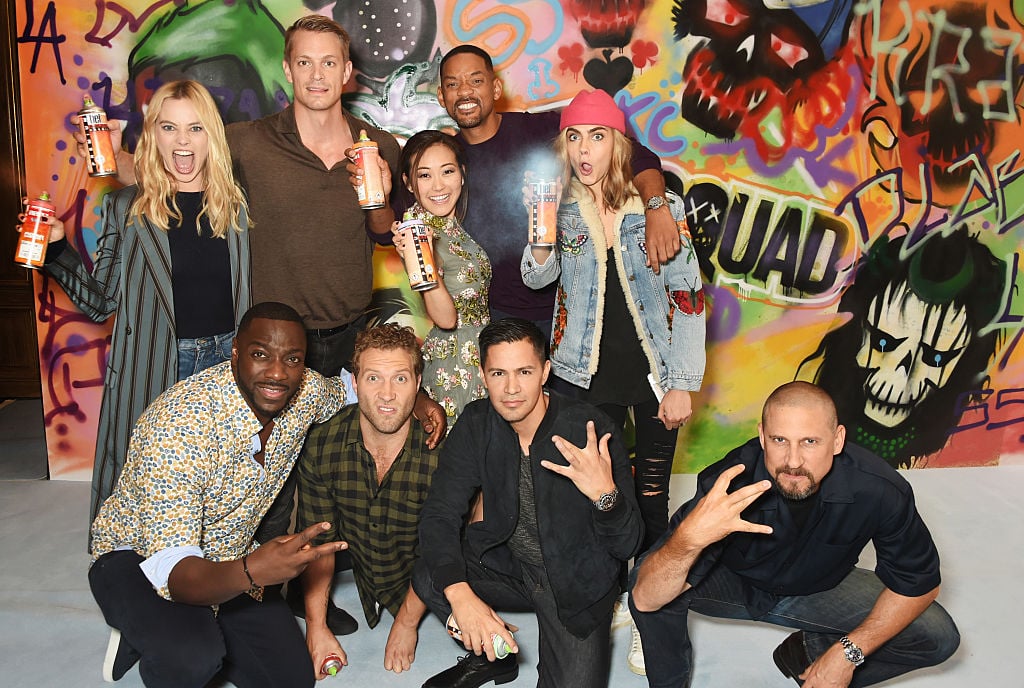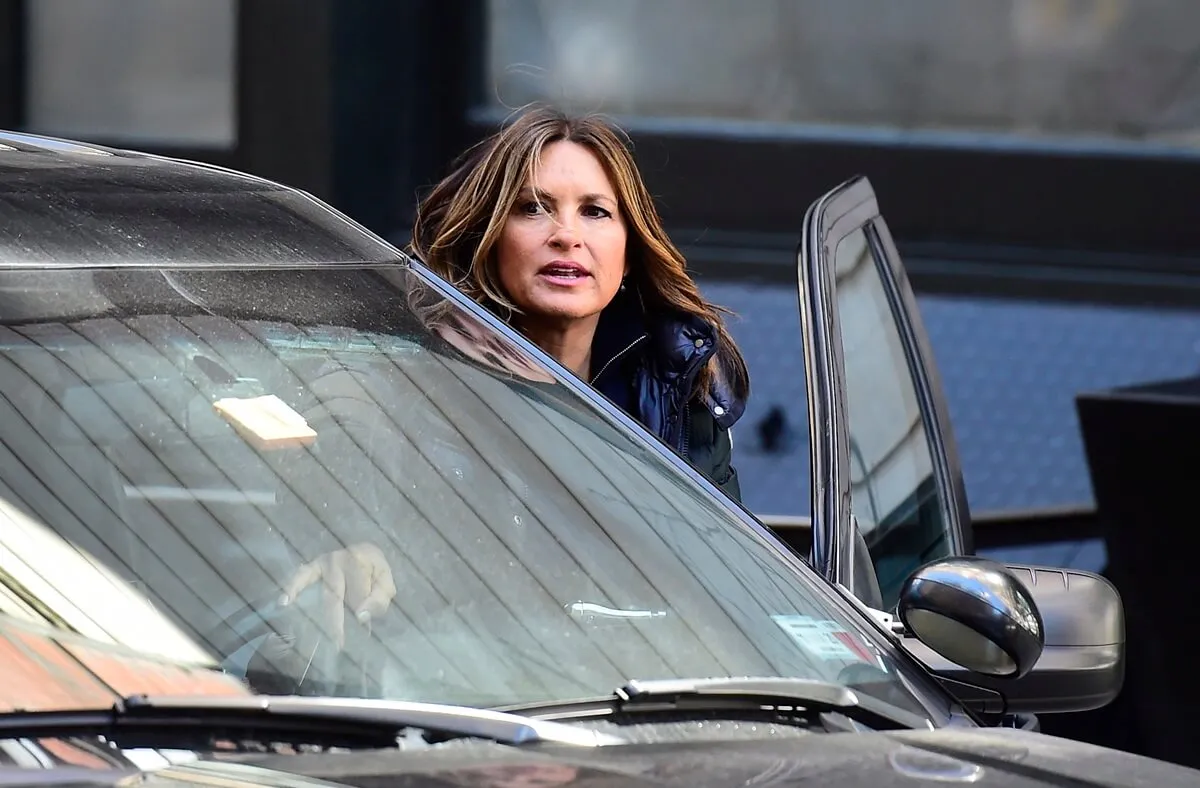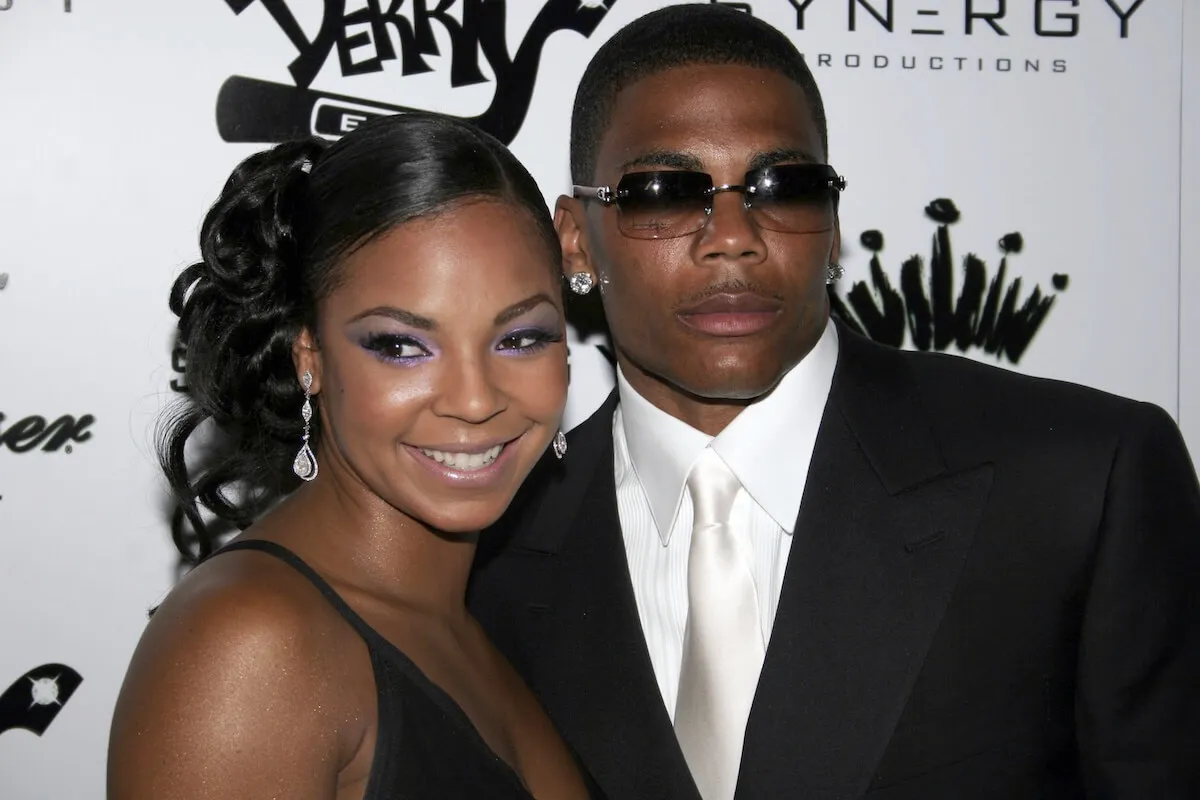DCEU: ‘Suicide Squad’ Originally Featured a Direct Connection to ‘Justice League’
Soon after Marvel’s The Avengers hit in 2012, every studio in Hollywood became hungry for a shared universe. Chief among these was Warner Bros., whose DC Comics has long been Marvel’s biggest competition. If Marvel could replicate its interconnected comics world on the big screen, perhaps DC could do the same.
After all, heroes like Superman, Batman, and Wonder Woman are some of the most recognizable on the planet. Surely, Warner Bros. could unite DC’s “trinity” of icons — among other heroes — and achieve similar success. Of course, it hasn’t exactly been that easy for Warner Bros. and DC Films.

The ‘Justice League’ saga continues
Coming just a year after The Avengers, Warner Bros. released Man of Steel, which introduces Henry Cavill’s Superman. However, it wasn’t until 2016’s Batman v Superman: Dawn of Justice the studio truly pushed connective tissue on its stable of DC heroes. That film led directly into the team-focused Justice League, the DC analog to Marvel’s Avengers.
Filmmaker Zack Snyder initially had a grand vision for Batman v Superman to feed into an ambitious two-part Justice League event. But studio concerns — and a personal tragedy on Snyder’s part — led Warner Bros. to go another route. Ultimately, the studio brought in The Avengers‘ Joss Whedon to retool the script and lead extensive reshoots.
The resulting theatrical cut of Justice League was a box office disappointment. Even worse, the film’s poor reception led Warner Bros. to scale back its efforts to create an interconnected universe altogether. Instead, the Wonder Woman films, Aquaman, Shazam! and Joker have all operated with little to no connection to the larger DC universe.
‘Suicide Squad’ shares a similar fate
But Justice League wasn’t the first time studio meddling tampered with the burgeoning (and unofficially titled) DC Extended Universe. Perhaps burned by the divisive response to Batman v Superman, Warner Bros. now-notoriously commissioned separate edits of its follow-up, Suicide Squad.
As the story goes, the company brought in to craft the buzzworthy trailers for the film ultimately edited the version audiences saw. Meanwhile, writer/director David Ayer saw his version of Suicide Squad tampered with. He later confirmed his cut was “very different,” though we haven’t exactly known to what degree that’s true.
The extended cut of Suicide Squad does shed some light on the movie that might have been. Yet, other than deepening the characters and relationships, Ayer’s version didn’t feature anything too drastic. Or so fans thought.
How they should have been linked
Ayer himself recently revealed how Suicide Squad originally set up Justice League. On his Twitter account, the filmmaker acknowledged the Enchantress’ (Cara Delevingne) early plan involving boom tubes and mother boxes. These cosmic devices tie directly to Apokolips, home of DC supervillain Darkseid. The character would have been the Big Bad of Snyder’s proposed Justice League Part 2.
In Justice League, the titular team hunts the mother boxes in an effort to keep Steppenwolf (Ciarán Hinds) from assembling them and destroying the world. According to Ayer, all Apokolips references in Suicide Squad were removed late in the film’s development. In an effort to replace that concept, the team added the current plot device of Enchantress’ mystical machine, which many fans criticized.
This revelation indicates Warner Bros.’ lack of faith in the DCEU up to that point. Because Batman v Superman wasn’t an Avengers-level hit, the studio heads likely hedged their bets with Suicide Squad. In the process though, these decisions ultimately undercut the intended impact of Ayer’s film, contributing to the DCEU’s struggle. We’ll be interested in how James Gunn’s 2021 follow-up, The Suicide Squad, connects (or doesn’t) with the other films.


